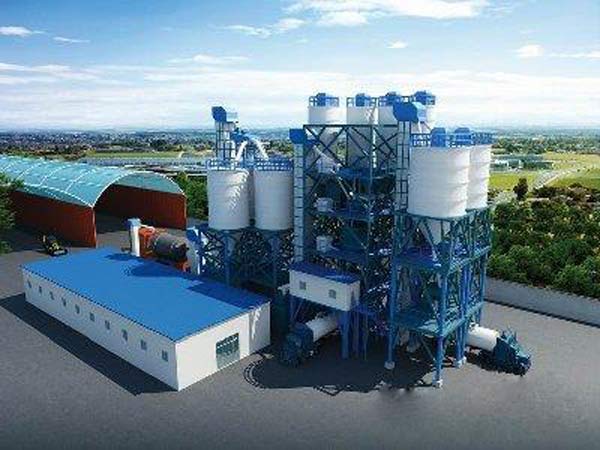The Main Components of a Dry Mortar Production Line
What are the main constitutions of dry mortar production line? This is a question that many people who have interest in the construction industry ask themselves almost every other day. First year civil and structural engineering students in most of the countries across the world are also troubled by this question.
This article seeks to comprehensively answer the important question.
What are the main constitutions of dry-mix mortar production line?
Steel structure and packaging
The parts that make up a dry mortar production line can easily be transported from any location across the world and then installed in your preferred location. To prevent the effects of harsh weather elements such as heavy rain, strong wind and destructive sunlight, the main building must consist of peripheral insulation board. The outer and inner layers must be made using colored steel plates. Click here to know more: http://drymortarproductionline.net/.
The interlayer should consist of polystyrene that has four main characteristics; light weight, strong resistance to corrosion, high intensity and heat insulation.
Drying system
The drying system consists of three concentric cylinders that have varying diameters. It’s capable of utilizing the waste heat, minimizing loss of heat and enlarging the heat-exchange area, thus enhancing the utilization of thermal energy.
The drying system has a self-heat conservation efficiency of about 80% which is quite impressive. It can be fueled using coal, gas or oil. Lump material, powdery material and aggregate can be dried within 20 minutes.
Stable control system
The control system of dry mix mortar manufacturing plant allows automatic control, off-line control as well as manual control. It’s designed with an animation analogue display that can carry out animation tracking in real time. The monitoring system facilitates real time observation of all equipment.
The control system has the capacity of simultaneously executing the following functions: material management, delivery bill management, production management, report management as well as client management.
The measuring system is fitted with a measurement screw conveyor which utilizes the latest frequency conversion control mechanism. A pneumatic butterfly valve must be installed on one end.
The system has the capability of effectively controlling the measurement accuracy of materials. The small mortar production line is specially designed to have anti-jamming capacity and good working stability.
Mortar logistics system
This is one of the most useful components of a dry mortar production line. It’s designed with a belt conveyor that facilitates stacking of packaged mortar. Other important parts of the mortar logistics system are: weighing sensor, outer and inner steel-pipe protection-discharging equipment, an air slide as well as a steel gate.
Coulter mixer
The coulter mixer is specially designed to facilitate scattering and gathering of materials in 3 dimensional spaces. This ensures that materials with varying densities and sizes are properly mixed in the shortest time possible. It’s characterized by high mixing accuracy, uniformity and good material workability. The unique discharging device ensures there are no remains, no dead space and absolutely no leakage.
Pneumatic system
A dry mortar production usually comprises of a pneumatic system that has an in-built screw-rod air-compressor. The pneumatic system is responsible for supplying dry, high quality and stable compressed air.
The compressed air is stored inside an air tank after passing through the refrigeration dryer as well as the ultra-filter.
The pneumatic system primarily consists of the following components: air cylinder, air cannon, butterfly valve and slide gate valve.
Dust collecting systems
To take care of dust that is usually produced during the process, the semi-automatic dry mortar plant is usually fitted with several dust collection systems in various positions. Since they all have in-built pulsed-jet cloth filters, the collected dust can be recycled.
Screening system
Raw materials can only be channeled into the drying system after separation from large aggregate materials using a trammel screen. It plays the important roles of enhancing energy utilization as well as reducing the drying system’s failure rate.
After separation of materials by the vibrating-screen, the bucket elevator forces dry sand to rise to the top. Thereafter, the vibrating-screen processes all sand, thus ensuring that the resultant mortar is strictly graded.
Conclusion
So what are the main constitutions of dry mortar production line? The answer is: a steel structure, drying system, stable control system, measuring system, mortar logistics system, coulter mixer, pneumatic system, dust collection systems as well as a screening system.
